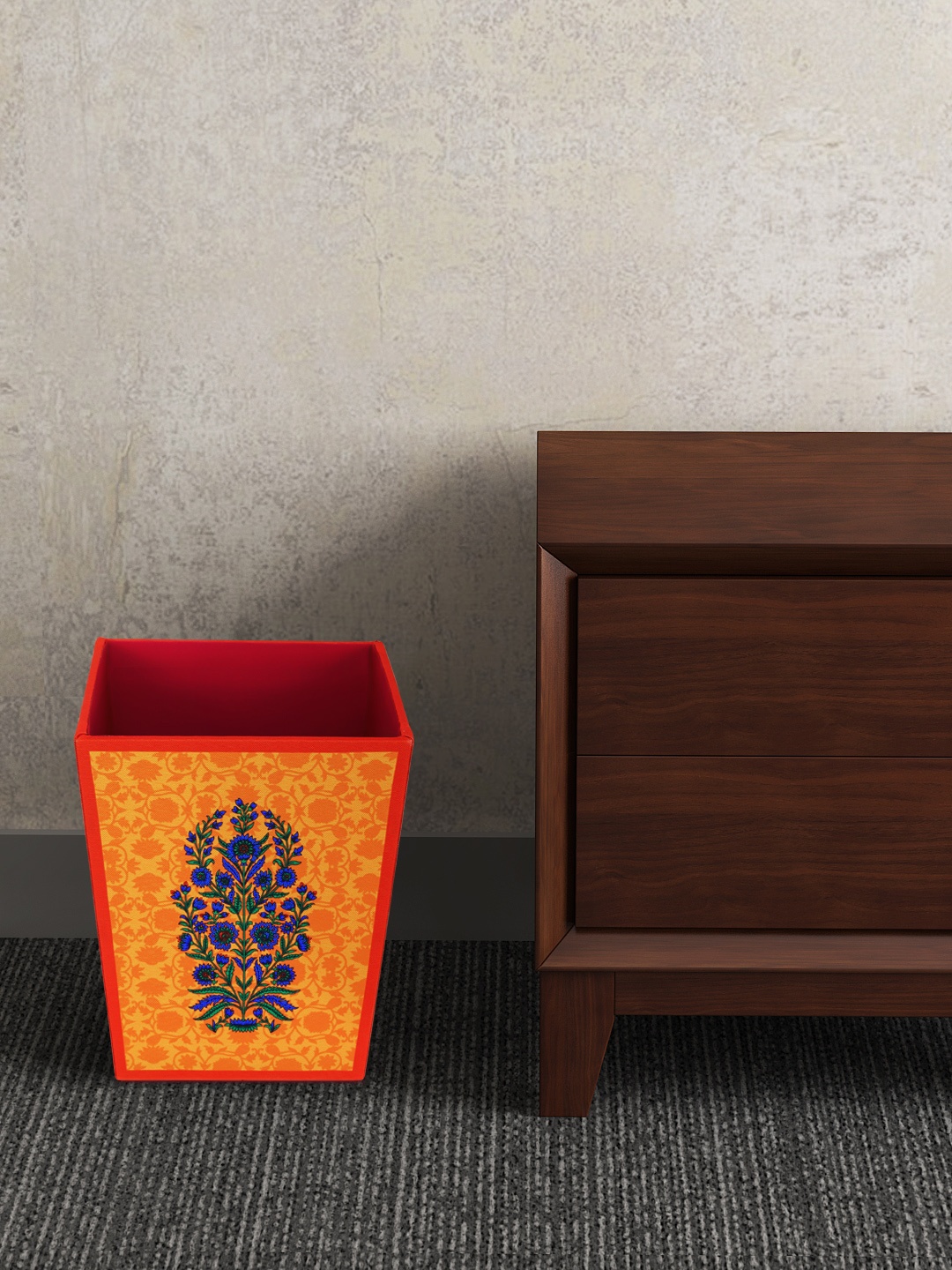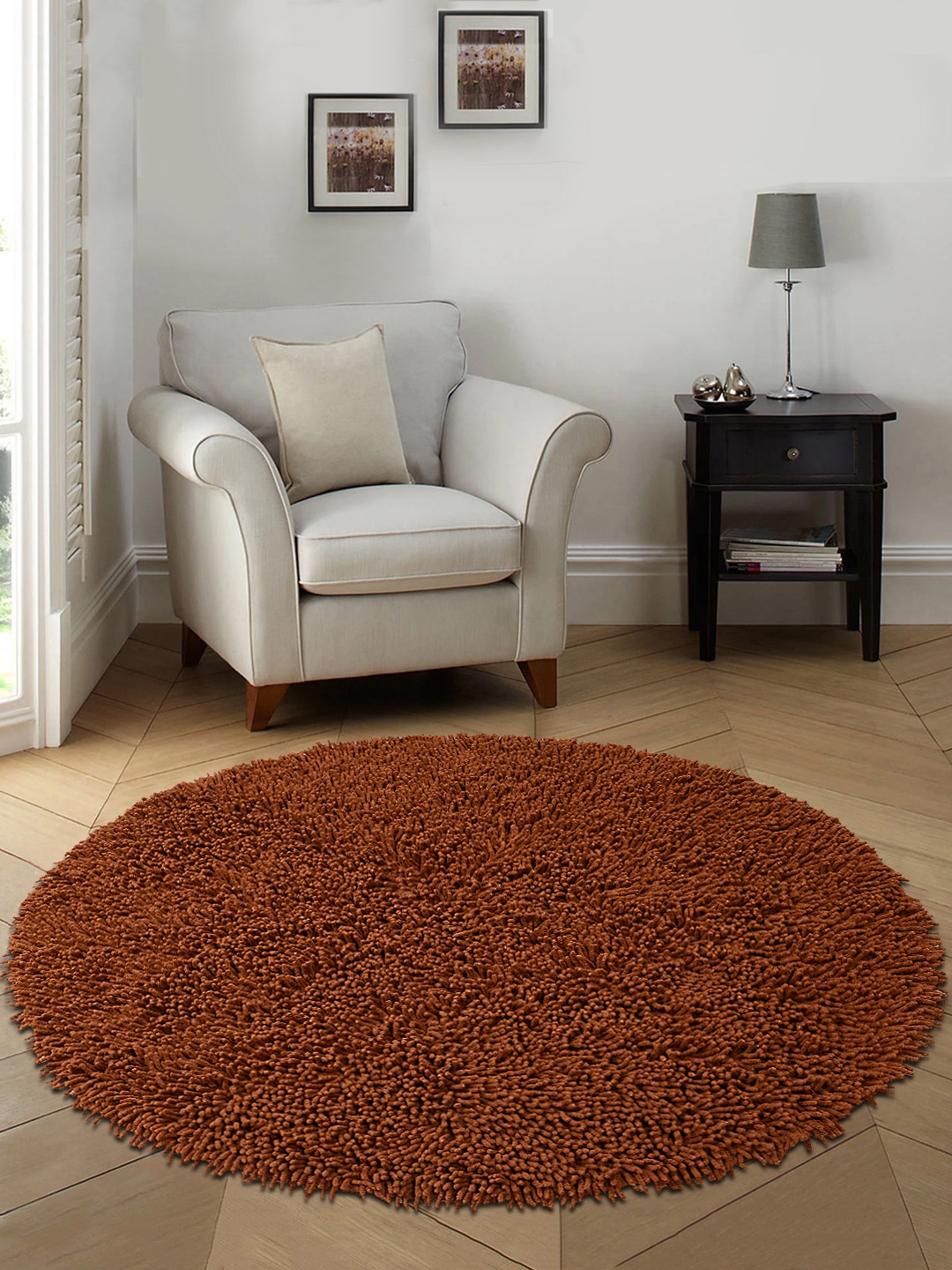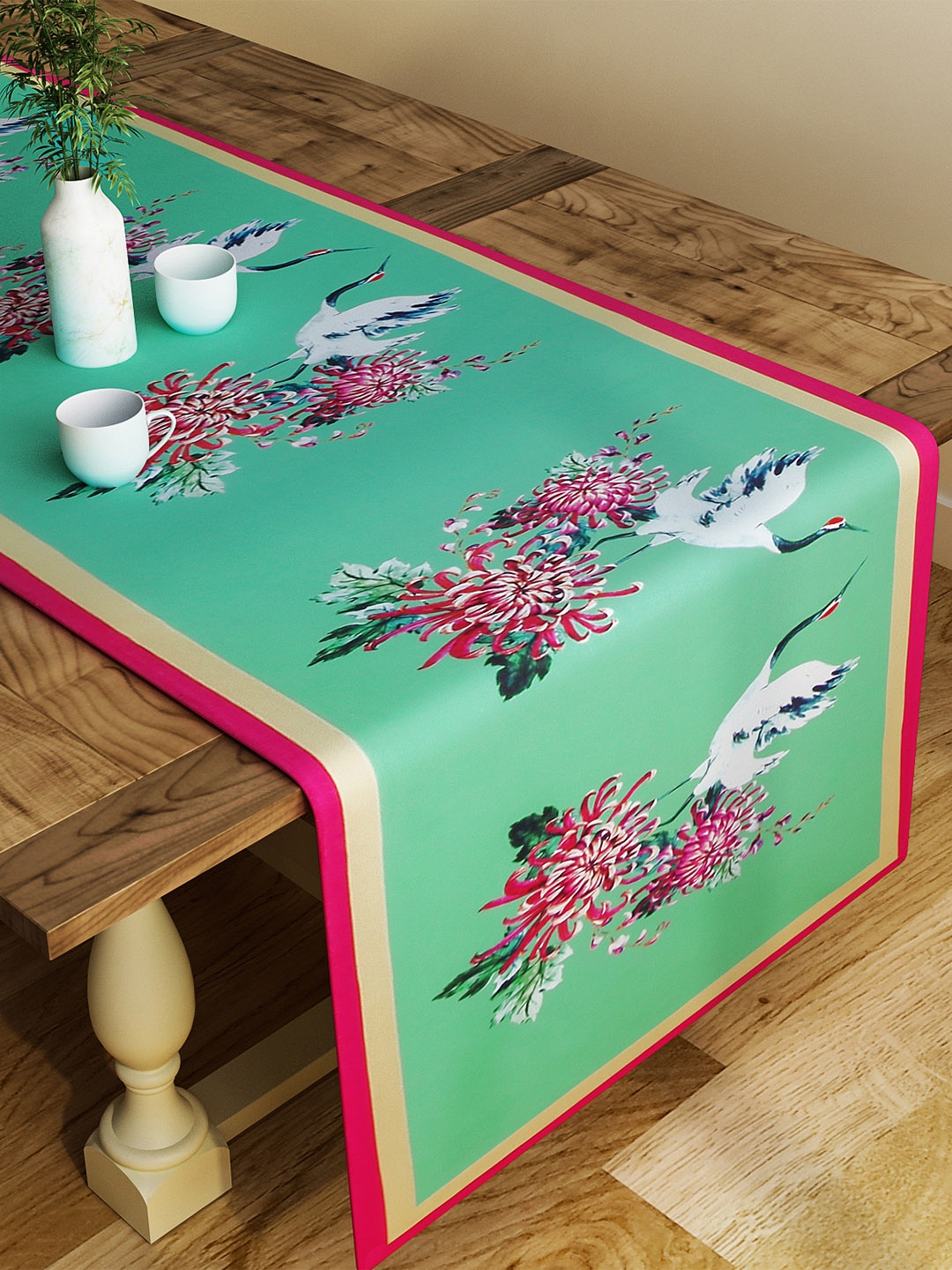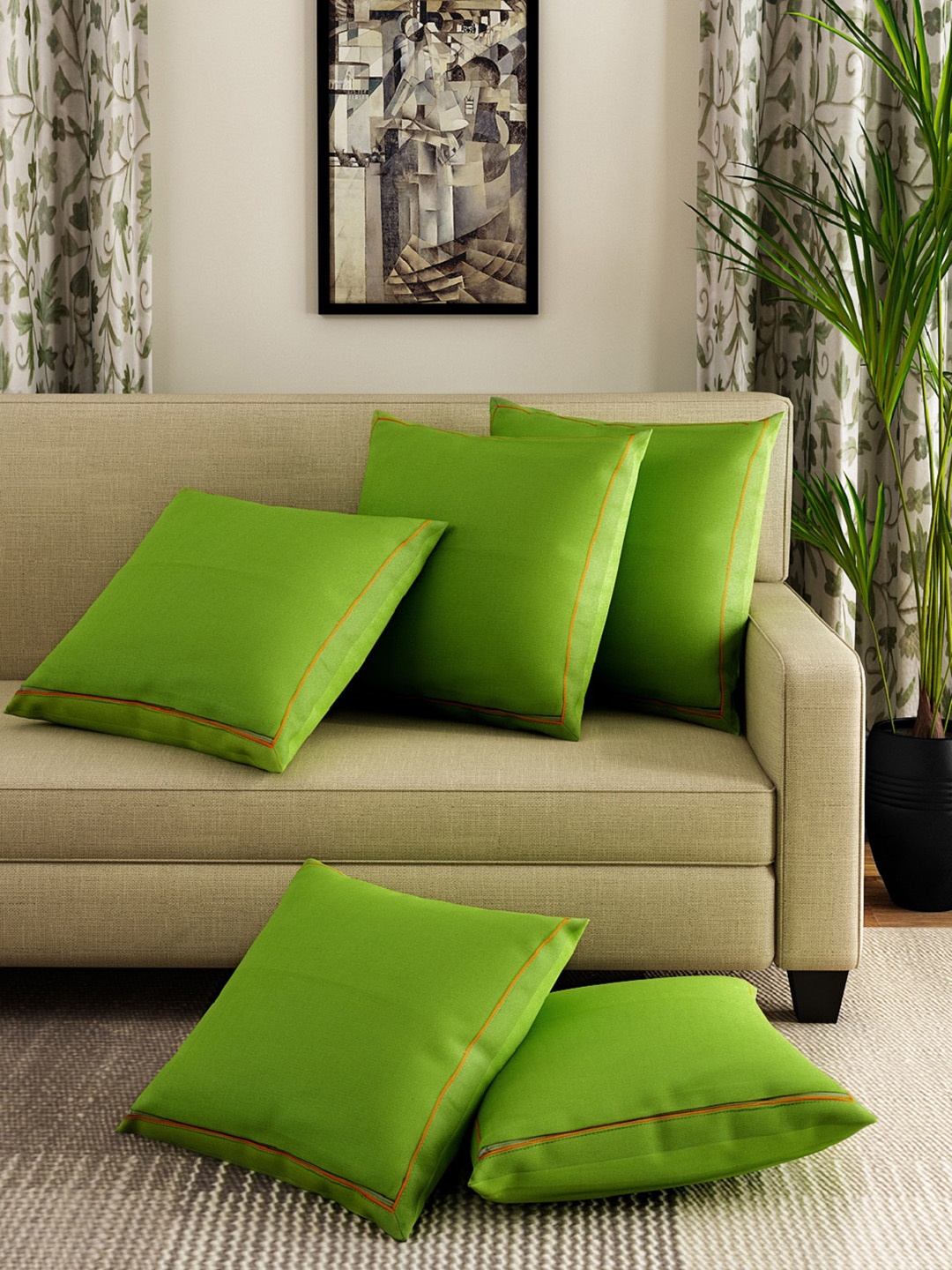Top 10 Tips To Pick A Perfect Mattress For Indian Climate And Back Support
Choosing a mattress isn't just about softness or size, it is about waking up pain-free, sleeping cool during sultry summers and finding something that truly suits our lifestyle. Use this guide to find the perfect mattress that supports your back.

Optimal Comfort: 10 Ways to Select a Mattress for Coolness and Spine Support
Let's face it: buying a mattress can feel more exhausting than a sleepless night. Between confusing terms like memory foam, latex, coir, and orthopaedic support, the process can leave anyone tossing and turning, before even lying down. But here's the truth: a good mattress isn't a luxury. It's a quiet hero of health, especially when it's expected to weather our year-round mix of humid heat, chilly winters (yes, even in Delhi!), and the wear and tear of daily use. Combine that with back pain, thanks to desk jobs, long commutes, or a good old-fashioned wrong sleeping posture, and a poor choice in bedding quickly turns into a daily regret.
The good news? There is a perfect mattress for every sleeper and every season. You just need to know what to look for. So, here's a 10-point breakdown to help you pick a mattress that loves your back as much as you love your sleep.
1. Understand Your Sleep Style Before You Shop
Before rushing into firmness levels or foam types, pause for a moment. Are you a side-sleeper who curls up like a cat? A straight-backed soldier on your back? Or a stomach snoozer dreaming on your belly?
Different sleeping positions put pressure on different parts of the body. Side sleepers benefit from softer surfaces that cushion the shoulders and hips. Back sleepers need firm support to keep the spine aligned. Stomach sleepers? A slightly firmer bed helps prevent sinking and keeps the neck neutral.
Understanding your dominant sleep posture helps narrow down what kind of support your body needs. It's like choosing shoes, you wouldn't wear hiking boots for a morning jog. The same logic applies to how you sleep.
2. Consider The Climate, Because Yes, It Matters
Picture this: It's May. The fan is spinning like it's on a mission, your AC is sighing under pressure, and yet you wake up drenched in sweat. The culprit? A heat-trapping mattress.
Foam mattresses, especially memory foam, are known to retain heat. Not ideal when nights are muggy. Look for mattresses with cooling technologies, gel-infused foam, breathable latex, or natural coir. Coir, made from coconut husk, allows air circulation and stays relatively cooler.
Mattresses with moisture-wicking covers and airflow layers help you sleep comfortably, even on nights when the mercury refuses to budge. Temperature-regulating layers might sound fancy, but they're worth every rupee when you're not tossing off the sheets at 2 a.m.
3. Don't Ignore Firmness, But Don't Go Overboard Either
The old belief was: firmer equals better for the back. But the truth lies in balance. A mattress that's too hard can push against pressure points. One that's too soft lets your body sink, causing misalignment and, eventually, pain.
A medium-firm mattress suits most sleepers. But that's not a one-size-fits-all. People with backaches or spinal issues might need something with orthopaedic support, especially those who spend long hours seated or lifting weights.
Try before you buy. Or opt for brands offering 100-night trials. Back support isn't something to gamble on. Think of it as an investment in your spine's retirement plan.
4. Look For Zoned Support For Spinal Alignment
Not all parts of the body need the same firmness. Your hips are heavier and need firmer support. Shoulders and knees? A bit of cushioning goes a long way.
That's where zoned support comes in. Some modern mattresses offer varied firmness across different zones, so your lower back gets support while your shoulders sink just right. This design mimics how the body naturally rests, keeping your spine aligned and your posture happy.
It's like having a mattress that understands your body better than you do.
5. Choose the Right Material For Durability and Comfort
From natural latex to pocket springs, memory foam to coir, the materials inside a mattress make all the difference. Each comes with pros and quirks.
- Memory Foam: Adapts to body shape, excellent for pressure relief. But it can trap heat.
- Latex: Durable, eco-friendly, naturally cool. A tad on the pricier side, but worth it for hot climates.
- Coir: Breathable and firm, great for keeping cool. But tends to sag faster than others.
- Pocket Springs: Individual coils for better motion isolation. Good for couples who toss and turn.
Choosing the right material isn't just about comfort. It's about long-term resilience, especially when a mattress sees everything from afternoon naps to bedtime wrestling with the kids.
Also Read: 5 Best Mattresses Under ₹10,000 For Back Pain Relief: Check Out Nilkamal, Livpure And More
6. Mind the Allergies, Go Hypoallergenic
With dust, pollen, and invisible allergens sneaking into every corner of a house, especially during dry summers or after monsoons, the last place you want a trigger is your mattress.
Hypoallergenic mattresses, or those with antimicrobial properties, create a barrier against dust mites, mould, and fungal build-up. Latex, again, wins big here. Many brands also use bamboo fibre covers or aloe vera gel layers for extra protection and skin-friendly comfort.
For those prone to sneezing fits or skin irritations, this feature is a must. Sleep should heal, not make you wake up with watery eyes and a blocked nose.
7. Edge Support: Because You Don't Sleep Just in the Middle
If your bed doubles as a hangout spot, whether it's for evening chai, laptop work, or sprawling across with your feet dangling, you need solid edge support.
Mattresses with reinforced edges prevent sagging, extend lifespan, and make getting out of bed smoother, especially for seniors or those with back issues. It also gives the feeling of a larger sleeping area.
Without it, your mattress might feel like a trampoline near the sides, and not in a fun way.
8. Test The Motion Isolation, Especially If You Share Your Bed
Anyone who's ever shared a bed with a restless sleeper knows the struggle. One turn and the entire bed quivers like jelly. Not fun when you've just drifted off.
A mattress with good motion isolation absorbs movement. Memory foam and pocket spring variants do this best. If your partner has a different sleep schedule, or a habit of tossing like they're on a rotisserie, this feature becomes essential.
Look for mattresses that advertise motion control. You'll thank yourself during those uninterrupted 7-hour slumbers.
9. Consider Size, Thickness, and Height, Don't Guess It
A queen-size mattress might sound generous, but two adults and a child later, you'll wonder where all the space went. Take measurements, not just of your bed frame but your lifestyle.
Thickness matters too. Slim mattresses (under 6 inches) may feel cheap but lack long-term comfort or support. Opt for a thickness of at least 8 inches for durability and cushioning.
And mind the height. A mattress too thick on a tall bed might need a stepladder to climb. Too thin on a low cot, and you're closer to the floor than you'd like.
Measure twice, regret never.
Experience unparalleled sleep: Learn how to pick a mattress that actively keeps you cool and perfectly cradles your spine for relief; Photo Credit: Pexels
10. Check Warranties, Trials, and Return Policies
Here's a fun fact: most mattresses don't reveal their true nature in one night. It takes a couple of weeks, sometimes more, to know if your back is truly happy.
That's why trial periods are so helpful. Many reputable brands offer 30 to 100 nights to test a mattress. Look for generous return policies and clear warranties, ideally 7 years or more.
A good mattress won't need replacing every couple of years. Think long-term. Compare warranties, hidden delivery charges, and what "free return" really means. After all, peace of mind should come with your good night's sleep.
Products Related To This Article
1. SPRINGTEK Dual Comfort Hard & Soft Flip Reversible Both Side 4 inch Single PU Foam Mattress (L x W: 75 inch x 30 inch)
2. Sleepyhead Flip - Dual Sided 4 inch Double High Density (HD) Foam Mattress (L x W: 75 inch x 48 inch)
3. KURLON Ortho, Medium-Firm Support 5 inch Single Memory Foam Mattress (L x W: 75 inch x 30 inch)
4. SleepyCat Hybrid 3-Layered Latex Orthopedic 5-zone support 6 inch Single High Density (HD) Foam Mattress (L x W: 78 inch x 36 inch)
5. COIRFIT BIOLIFE 7-Zone LATEX with Talalay Tech. 8 inches Single Latex Foam Mattress (L x W: 72 inches x 36 inches)
6. KURLON Supernova, 3 Zone Pocket Spring, Medium-Firm 8 inch Single Pocket Spring Mattress (L x W: 75 inch x 36 inch)
7. SPRINGWEL Harmony Pocket Spring Quilted Soft Bed Mattress With Bamboo Charcoal Fabric 6 inch Single Pocket Spring Mattress
8. SPRINGTEK Coir bond 4 inch Single Coir Mattress (L x W: 75 inch x 36 inch)
The right mattress isn't just about comfort, it's about care. Care for your spine, your sleep, your sanity during summer nights, and your savings.
Whether you're choosing one for a newlywed setup, upgrading after years, or simply fed up with waking up sore, take time to weigh your needs, body, and climate. A mattress might not solve all your problems, but it will definitely let you sleep on them better.
So, go ahead, pick the one that supports you in more ways than one. Your back, your mood, and your mornings will thank you. Shop Now On Flipkart.
Disclaimer: The images used in this article are for illustration purpose only. They may not be an exact representation of the products, categories and brands listed in this article.
















![Steam Iron Teflon Shoe Cover for ES-300,ST-96 [Only For ES-300 and ST-96 Model Electric Steam Irons]](https://m.media-amazon.com/images/I/51wwkttondL._SL160_.jpg)












